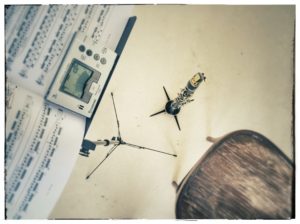The T3 Warm-up Routine
One of the questions I’m asked most frequently is how to create a proper warm-up routine.
Your warm-up routine sets the tone (both literally and figuratively) for the rest of your practice session, so it’s essential to create a regimen to help you succeed. While each musician’s warm-up routine should be personalized to fit their musical goals and upcoming performance obligations, there are three components which should be included in all warm-ups – I call these T3:
The T3 stands for tone, technique, and tonguing – the trinity of any well-balanced warm-up routine. Here’s a brief description of each component with a few ideas to help you incorporate them into your own warm-up routine:
- Tone. This is our most basic musical offering – our musical voice is the foundation for all other fundamental concepts. You should begin your practice routine with long tones or other exercises to focus on tone, breathing (for wind players), and playing with a smooth and steady sound.
- Technique. Although this can be an umbrella term for a multitude of instrumental fundamentals, technique is the development of musical precision, accuracy, and speed. You can improve technique through methodical scale exercises (preferably practiced with a metronome), or various technical exercises and methods developed for each instrument. (Check out my favorite clarinet method books here.)
- Tonguing. Also called articulation, this is the musical enunciation of notes, whether you articulate with your tongue (for wind instruments), your bow (for string instruments), or your hands/fingers/mallets (for keyboard and percussion instruments). Steady and symmetrical articulation requires committed and consistent practice, so be sure to incorporate it into all of your practice sessions by working on articulation exercises such as scales in various articulated rhythms and patterns. (You can read my complete guide to clarinet articulation here.)
